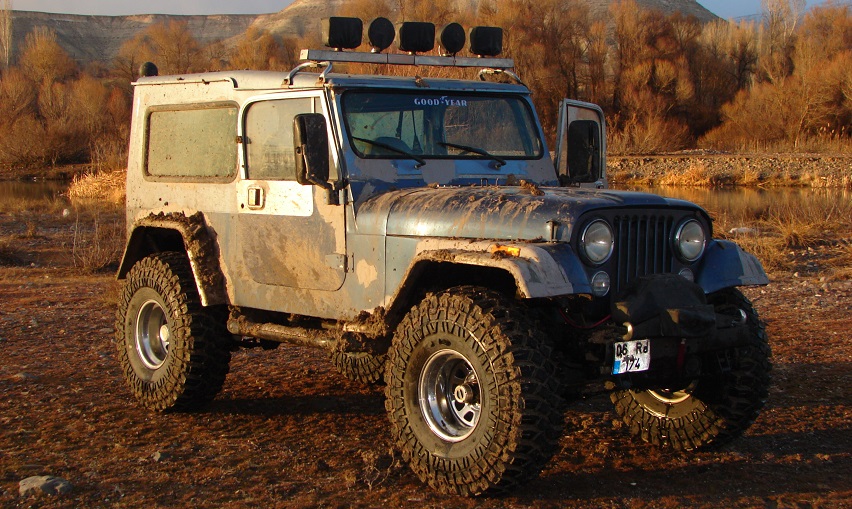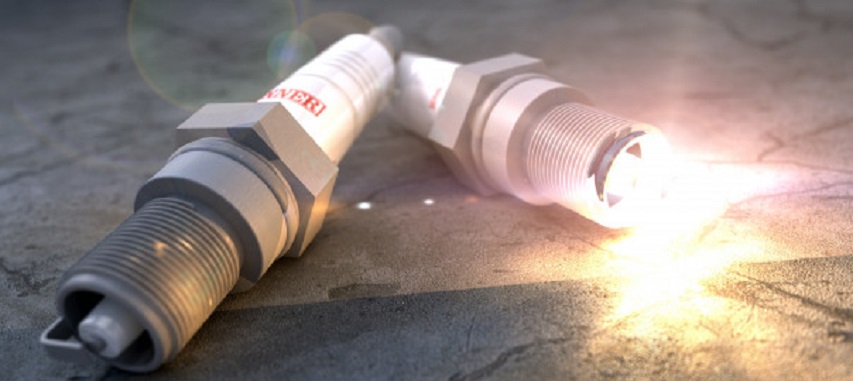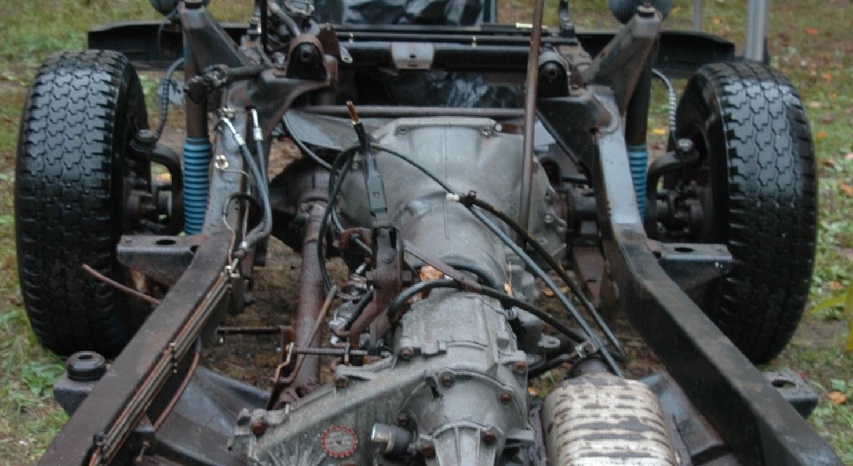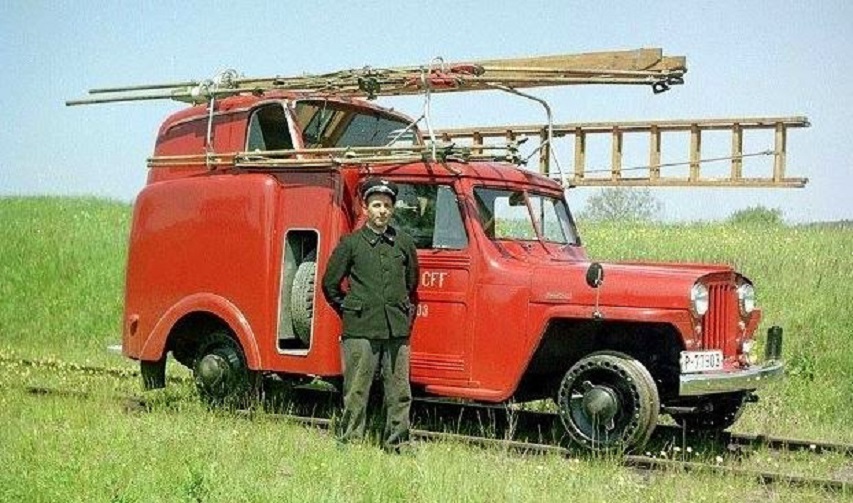Smooth Running: Changing the Engine Oil in Your Jeep Wrangler
Jeep Wrangler ‘Maintenance Schedule’ Series
Changing the oil in a Jeep Wrangler is an important part of regular maintenance, and is easy enough to be done by anyone! By doing so, you help to ensure that the engine runs smoothly and efficiently, and that the vehicle is able to perform at its best. In this simple installment of the Jeep Wrangler ‘Maintenance Schedule’ Series, we’ll cover how to change the oil in your Jeep Wrangler:

Step 1: Gather your supplies
Having the right tools and supplies is essential when changing oil in your Jeep Wrangler. Here’s a more detailed list of the tools and supplies you will need:
- Oil Filter Wrench: An oil filter wrench is used to loosen and remove the oil filter. It’s important to make sure you have the right size wrench for your Jeep Wrangler’s oil filter.
- Wrench for Drain Plug: A wrench is used to loosen and remove the drain plug on the oil pan. It’s important to make sure you have the right size wrench for your Jeep Wrangler’s drain plug.
- Drain Pan: A drain pan is used to catch the old oil as it drains from the engine. It’s important to make sure you have a pan that is big enough to hold all of the old oil.
- Funnel: A funnel is used to pour the new oil into the engine. It’s important to make sure you have a funnel that fits securely into the oil cap to prevent spills.
- New Oil Filter: You will need a new oil filter to replace the old one. It’s important to make sure you have the correct filter for your Jeep Wrangler’s engine.
- New Oil: You will need new oil to replace the old oil that you drain from the engine. Refer to your owner’s manual to determine the correct type and amount of oil for your Jeep Wrangler.
- Shop Towels: To clean up any spills or drips that may occur during the oil change process.
Ensure you have all the tools and supplies before starting to smoothly and efficiently complete the oil change process. Additionally, it’s a good idea to have disposable gloves on hand to protect your hands from oil and grease.
Step 2: Prepare Your Jeep
To prepare for an oil change, park the Jeep on a level surface. Inaccurate readings can result if the oil doesn’t drain completely. If a level surface isn’t available, use wheel chocks and park with the front of the vehicle pointing up. Also, be sure to have all of the necessary materials on hand, including the new oil filter and oil.

Step 3: Warm up the engine
Warming up the engine before changing the oil is important for a couple of reasons. First, warm oil flows more easily than cold oil, so warming up the engine helps to ensure that the old oil flows out of the engine more completely. This is important because you want to remove as much of the old oil as possible before adding the new oil.
Second, warming up the engine can help to suspend any particles or debris that may have settled at the bottom of the oil pan. This can make it easier to remove all of the old oil and help to prevent any contaminants from remaining in the engine.
It’s important to note that you don’t need to warm up the engine for an extended period of time before changing the oil. A few minutes of idling should be sufficient to warm up the engine and get the oil flowing. However, it’s also important to avoid working with oil that is too hot, as it can cause burns or other injuries.
Step 4: Locate the oil drain plug
The location of the oil drain plug can vary depending on the year and model of your Jeep Wrangler. Typically it is located on the underside of the engine, near the oil pan.
To locate the oil drain plug, you will need to slide underneath the vehicle and look for a metal bolt-like plug on the bottom of the oil pan. The oil pan is a large metal pan located directly underneath the engine, and the drain plug is usually located near the bottom of the pan.
The drain plug may be recessed into the pan and have a small square or hexagonal head that requires a wrench to loosen. Be sure to use the correct size wrench so that you don’t damage the plug. If you are unsure of the location of the oil drain plug, consult your owner’s manual or a repair manual specific to your Jeep Wrangler model.
Step 5: Drain the oil
Once you have located the drain plug, use the correct size wrench to loosen it by turning it counterclockwise. Be careful not to burn yourself, as the oil may be hot. Once the drain plug is loose, use your fingers to unscrew it the rest of the way.

As you do so, be prepared for the oil to start flowing out of the engine and into the drain pan. Allow the oil to drain completely, which may take a few minutes. After draining out all of the old oil, you can proceed to the next step of the oil change process.
Step 6: Remove the oil filter
To remove the oil filter on your Jeep Wrangler, you will need to locate it first. The location of the oil filter on your Jeep Wrangler can vary depending on its year and model, but it’s usually on the side of the engine block. Once you have located the oil filter, place a drain pan underneath it to catch any oil that may leak out during the removal process.

Using an oil filter wrench, loosen the filter by turning it counterclockwise. If the filter is on too tight and you cannot remove it by hand, use the wrench to loosen it further. Once the filter is loose, use your hands to unscrew it the rest of the way. Be prepared for some oil to leak out when you remove the filter. Once the old filter is removed, inspect the filter base and make sure the old gasket isn’t still attached. If it is, use a gasket scraper or a rag to remove it.
Step 7: Install the new oil filter

Lubricate the new gasket, remove the old gasket, and screw the new oil filter clockwise into place. Make sure to tighten the filter to the manufacturer’s recommended torque specification. If you are unsure of the recommended torque specification, consult your owner’s manual or a repair manual specific to your model. Do not over-tighten the filter, as this can cause the gasket to deform and lead to oil leaks. With the new filter in place, you can move on to the next step of the oil change process.
Step 8: Add new oil

Begin by locating the oil filler cap, which is typically located on top of the engine block. Remove the cap and set it aside. Next, using a funnel to prevent spills, slowly pour the new engine oil into the engine. Refer to your owner’s manual or the oil cap for the recommended oil type and capacity for your specific model. It is important not to overfill the engine with oil, as this can cause engine damage. After you have added the appropriate amount of oil, replace the oil filler cap and tighten it securely. It’s important to also check the oil level with the dipstick to ensure it is within the appropriate range.
Step 9: Check the oil level

Start the engine after adding new oil and let it run for a few minutes to circulate the oil. After a few minutes, turn off the engine and check the oil level again. If necessary, add more oil until the level is within the appropriate range.
Step 10: Clean up

Finally, make sure to properly dispose of the old oil and oil filter. They are considered hazardous waste and should be taken to a recycling center or automotive repair facility for proper disposal. Double-check to make sure the drain plug is securely tightened, and there are no leaks.
Congratulations, you’ve successfully changed the oil in your Jeep Wrangler! Remember to schedule regular oil changes to keep your vehicle running smoothly.





1 thought on “Smooth Running: Changing the Engine Oil in Your Jeep Wrangler”
Comments are closed.